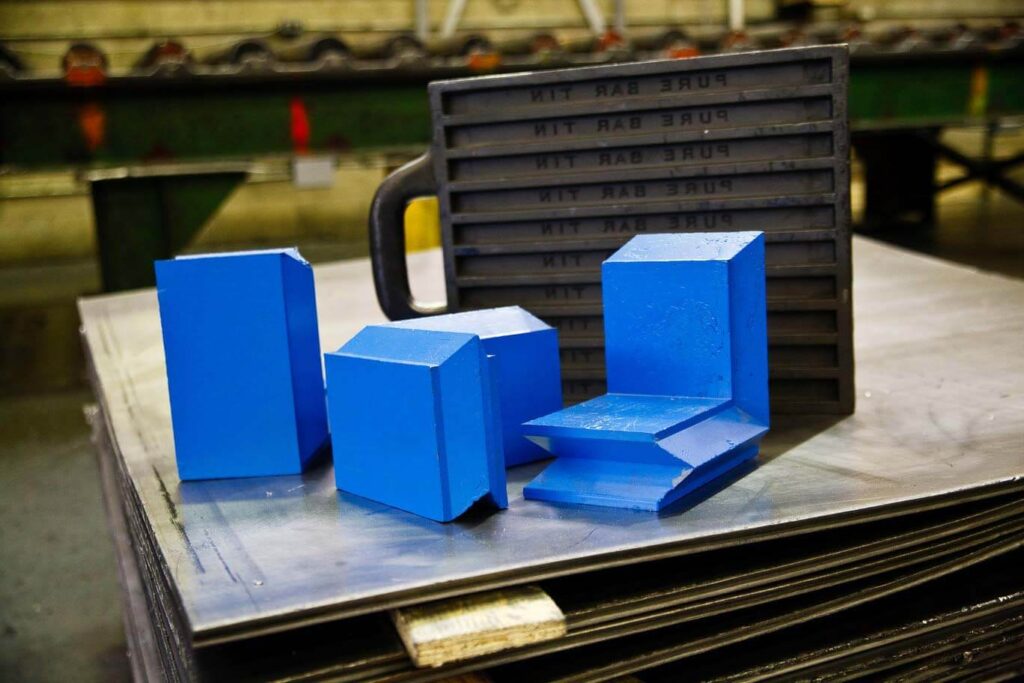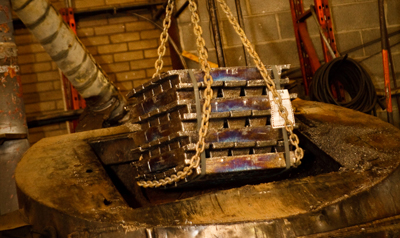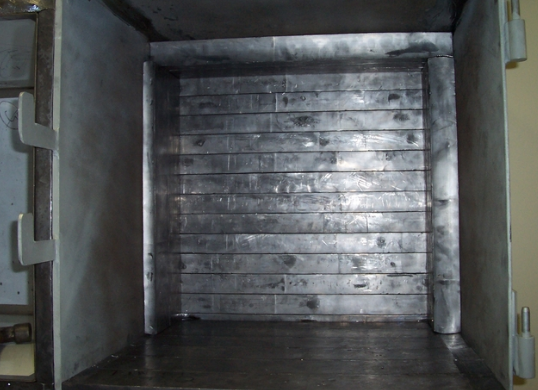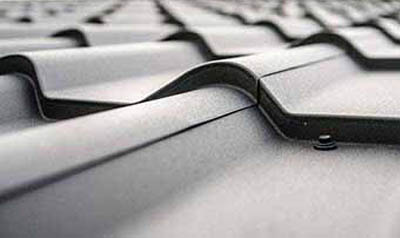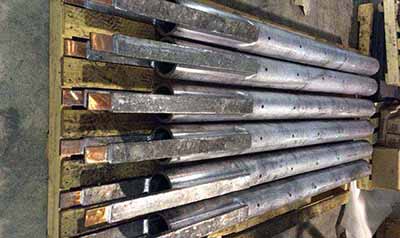Lead’s high corrosion resistance has established it as the standard material for the linings of tanks, vats, agitators and similar types of equipment, in chemical, plating and industrial plants. Sheets of lead, being malleable and ductile, make field fabrication easy. It can be readily shaped to conform to the interiors and exteriors of chemical equipment.
The table below lists some of the chemicals resisted by lead. One of its principal uses has been to resist sulfuric acid. At room temperature, the metal is not attacked by up to 85% concentrated sulfuric acid under quiescent conditions. It has also been very successful in the containment and handling of phosphoric and hydrofluoric acids and for handling sulphite solutions in the paper industry.
Most importantly, sheet lead’s relatively low initial cost and high salvage value make it very economical.
Applications:
- Waste plants, waste treatments, incinerators
- Acid handling and storage
- Chimney linings
- Sewer drains
- Autoclaves
- Precipitator tubes
- Precipitators
- Gluver towers
Availability:
- Sheet Lead in roll or flat form available in standard and custom dimensions.
- Lead pipes and tube standard and custom diameters, wall thicknesses and lengths.
- Cast lead washers and flanges.
Chemical lead has excellent corrosion resistance to many chemicals, both organic and inorganic
- Acetic acid
- Acetone
- Acetylene
- Adipic acid
- Ammonia
- Ammonium hydroxide
- Ammonium sulfate
- Barium chloride
- Barium sulfate
- Barium sulfide
- Benzene
- Boric acid
- Cadmium sulfate
- Calcium acid phosphate
- Calcium bisulfite
- Calcium carbonate
- Calcium sulfate
- Carbon dioxide
- Carbonates (soluble)
- Chlorinated polyvinyl chloride
- Chlorobromomethane
- Chloroform
- Chromic acid
- Copper sulphate
- Dichlorobenzene
- Ethyl alcohol
- Ethyl ether
- Ferrous sulphate
- Formaldehyde
- Hydrogen sulfide
- Lithium chloride
- Magnesium sulfate
- Methyl alcohol
- Nickel sulfate
- Nitrocellulose
- Oxidizing gases
- Phosphates
- Phosphorus oxychloride
- Potassium sulphate
- Pyridine
- Sodium bifluoride
- Sodium bisulfate
- Sodium bisulfite
- Sodium chloride
- Sodium cyanide
- Sodium phosphate
- Sodium sulfide
- Sodium sulfite
- Sulfur dioxide
- Sulfur trioxide
- Sulfuric acid
- Tannic acid
- Tartaric acid
- Tetrachloroethane
- Thionyl chloride
- Urea
- Water
- Zinc carbonate
- Zinc sulfate















